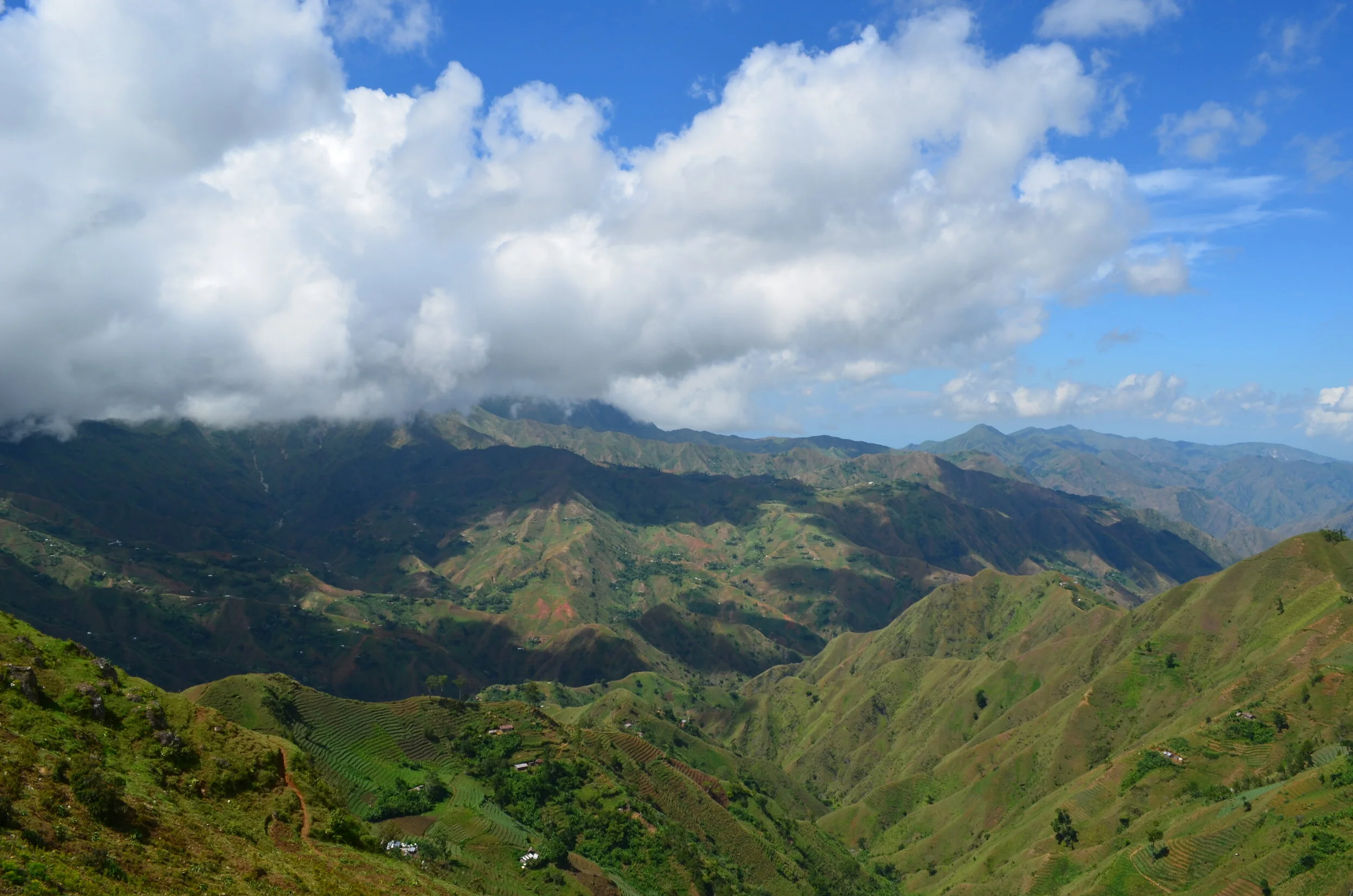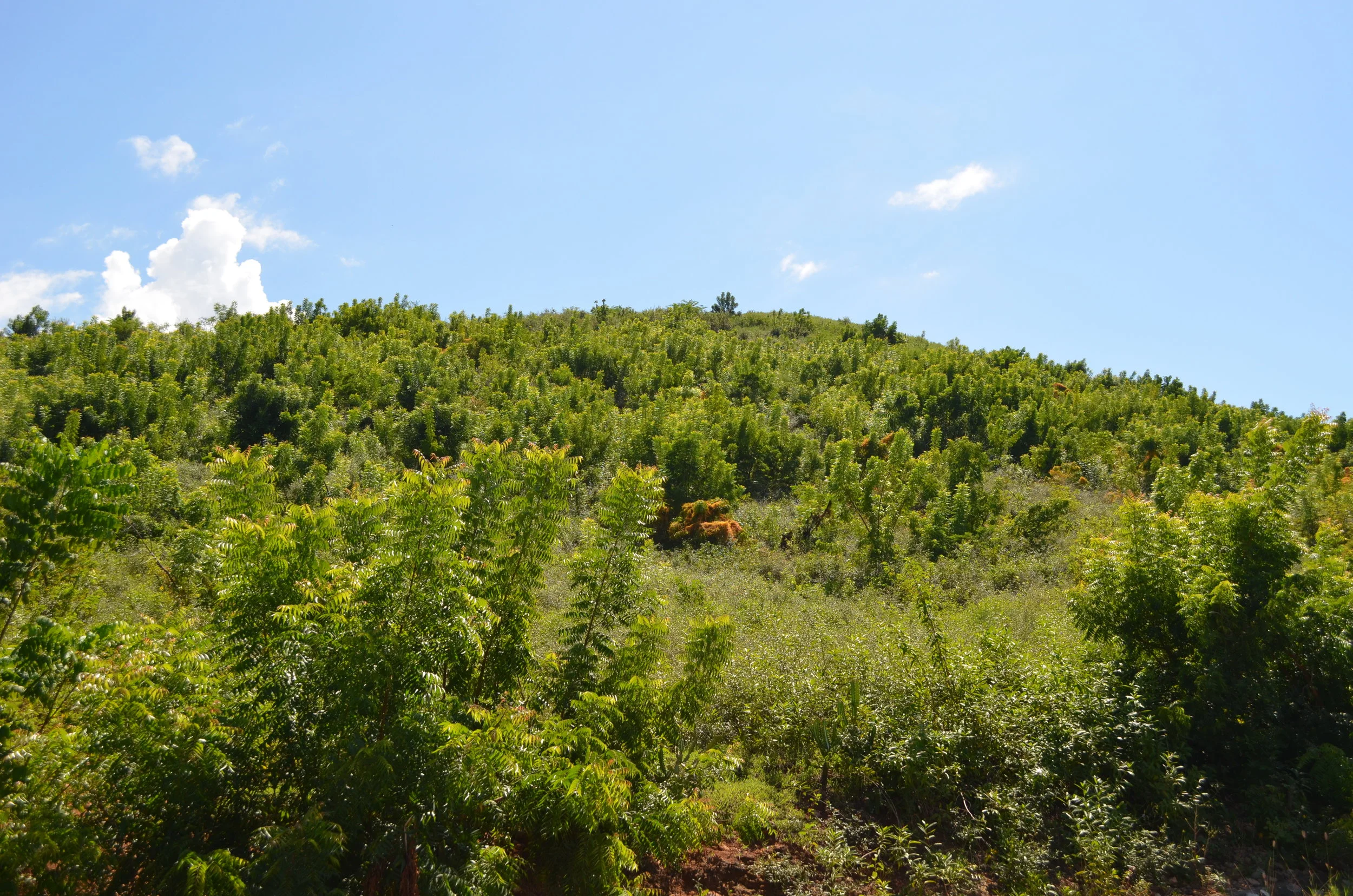Learning outside the classroom is something we’re all growing more accustomed to at the moment. The coronavirus crisis has plunged us all into a new world where we are adapting, ready or not. I am inspired by new initiatives for informal education and reflecting on my own non-traditional learning environments. I am also grieving the missed opportunity to return to my favorite field-based classroom, Costa Rica. In June of 2016 I was accepted into the Organization of Tropical Studies (OTS) graduate Tropical Plant Systematics Course in Costa Rica, a research-based field program. This summer, I was invited back as a Teaching Assistant, but alas, the course has been cancelled. Since I can’t be there this summer I’m just going to dream of being back there.
Read MoreYesterday was International Mountain Day, as observed by the United Nations. I love this year’s theme: Mountains Matter for Youth. Our youth are the future leaders of tomorrow. Education, not only on the importance of mountains, but on all natural ecosystems and the biodiversity that they contain has been a large part of my daily inspiration. When I first saw that mountains were being celebrated, I thought of all of the mountainsides where I have looked for wild growing Plumeria, particularly in Haiti.
Read MoreTo scientists, plants are known by their scientific name; to everyone else, they are usually known by a common name. Charles Plumier likely discovered the first Plumeria plant and it wasn’t officially described to science until Linnaeus in 1753. Since then, it has been an icon in tropical gardens around the world. Commonly known as Frangipani, a name that has an unusual story that started in London. You might be surprised to learn that both names have an interesting origin.
Read More
I met Haydee Borrero when I came to visit Miami in 2014. She asked me if I had ever been to the Everglades and when I said no she said “I’ll pick you up tomorrow at 5am”. It was a magical morning. I am happy to call her my friend to this day. This past year we traveled to Cuba together twice since our field sites overlapped. Haydee has had an interesting path is now doing some really cool work as part of her PhD.
Read MoreI am happy to announce that a paper that I have been working on for many years has finally been published in Brittonia this past week! The paper focuses on ten species in the genus Miconia (Melastomataceae), the largest genus in the family. These ten species all occur in the northern Andes in Colombia and Venezuela and the Sierra Nevada de Santa Marta and Coastal Cordillera of Venezuela, with one species endemic to Jamaica. This study illustrates the importance of field and herbarium collections. Herbaria document the world’s flora and provide a permanent record of botanical diversity. This is particularly important for endangered and threatened species such as those in the Miconia ulmarioides complex.
Read MoreFor the last two weeks, we have had a very special visitor at FIU and FTBG, Tracy Commock, Director of the Natural History Museum of Jamaica. I met Tracy, a fellow botanist, in 2014 and she has since become a great colleague and friend. Tracy has been paramount in developing a collaboration between UWI and FIU through an inter-institutional official agreement already in place between these two universities. I took her out for ice cream and we chatted about life as a botanist in Jamaica.
Read MoreMost people know that botany is the study of plants, but what does it actually mean to be a botanist? For me, studying plants means inspecting the subtle and sometimes grandiose differences between species. Documenting life on Earth as it is increasingly threatened is imperative in my opinion. If we don’t know what exists in an area, how can we properly implement conservation strategies to preserve Earth’s beautiful biodiversity?
Read MoreAs a tropical botanist, my research and training has taken me all over the tropics. During a recent fieldwork trip to Haiti I was reminded that even seasoned researchers can be awed by the sheer scope of biodiversity that exists within our tropical rainforests, or in this case lack thereof. Upon first glance, the roadside slopes of Haiti look awfully green, but look again and you’ll notice that it’s all one shade of green: Neem.
Read More






